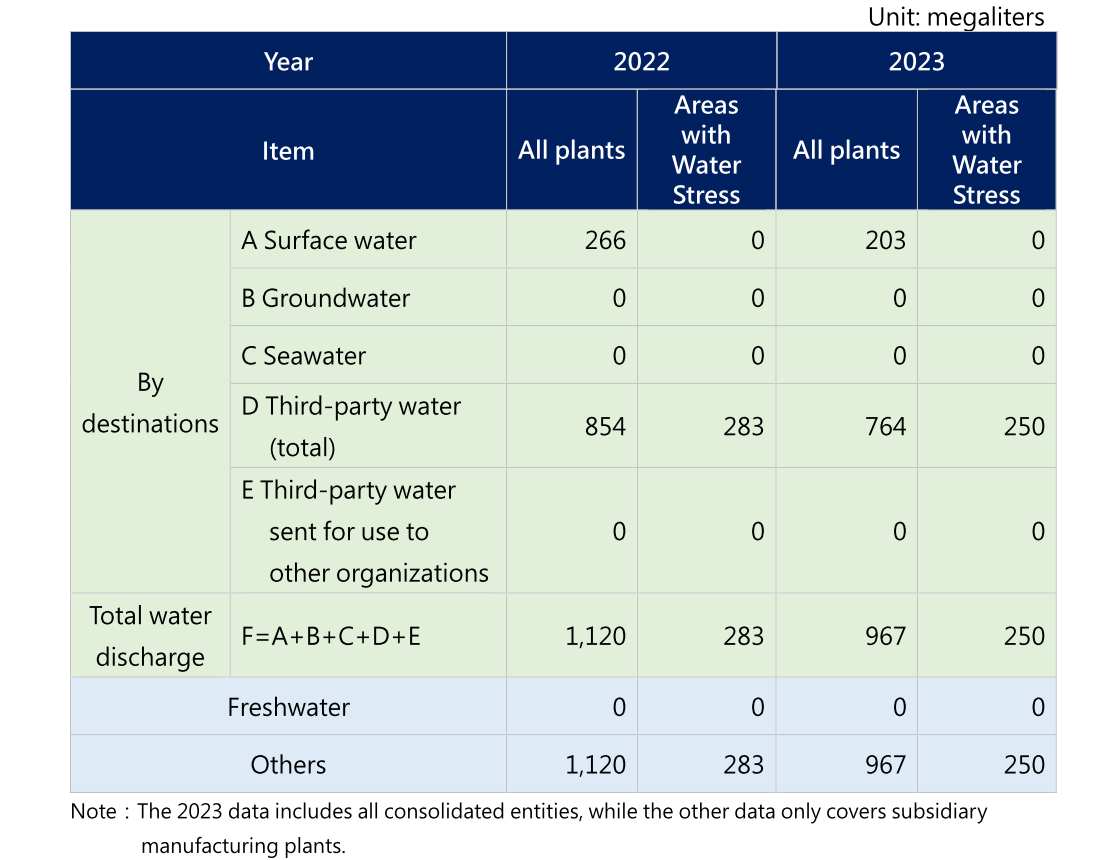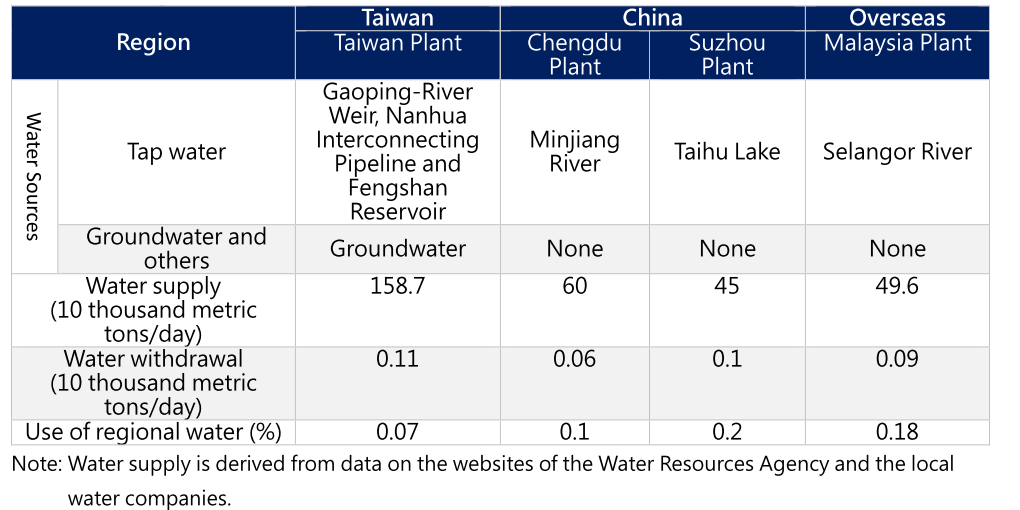
Corporate Sustainability
ENVIRONMENT
Water Resources Management
CWE and subsidiary manufacturing plants primarily uses tap water for wet processing (plating), cleaning and environmental protection purposes. The water sources for each plant are from surface water supplied by third parties, with all sources being freshwater (≤1,000 mg/L total dissolved solids). Taipei Branch of CWE receive water from the Xindian Stream (including Feicui Reservoir of Nanshi Stream and Beishi Stream), Taichung Office of CWE receive water from theShigang Dam and Liyutan Reservoir. The water supply for the Taiwan plants comes from the Taiwan Water Corporation, specifically the Gaoping River Weir, Nanhua Interconnecting Pipeline, and Fengshan Reservoir; the plants in China receive water from the Minjiang River and Taihu Lake, while the overseas plants source water from the Selangor River. None of these raw water sources are classified as national or international nature reserves, nor do they come from sensitive water bodies. Additionally, based on the AQUEDUCT WATER RISK ATLAS, the water risk assessment for each plant indicates that the plants in China are rated as "High-Medium risk (3-4)" due to water stress, while all other locations are classified as "Low-Medium risk (1-2)" and are not considered water-stressed areas.
The total water withdrawal in 2023 continued to show a downward trend compared to the previous year, amounting to 1,136 million liters in 2023, a decrease of 187 million liters compared to 2022.
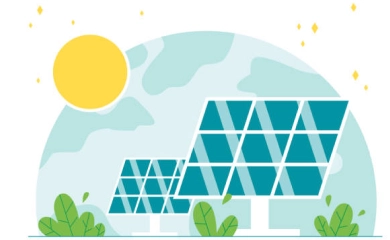
Use of Regional Water Resources
※The Use of Water Resources and Performance Management
Water consumption by site for 2023 is detailed in the table below. In the face of global climate changes in recent years, we continuously monitor our water consumption and proactively promote plant-wide water-saving measures to ensure there is no immediate water scarcity issue arising from a lack of water resources. Since 2021, our Taiwan plants have begun installing systems for process water recycling. The systems treat and filter rinsing water with high acid concentration for reuse instead of releasing it directly from the wastewater treatment plant as was our previous practice, thereby increasing the reuse rate of process wastewater. There are also other water-saving measures in place to lower our water consumption.
Use of Water Resources and Management
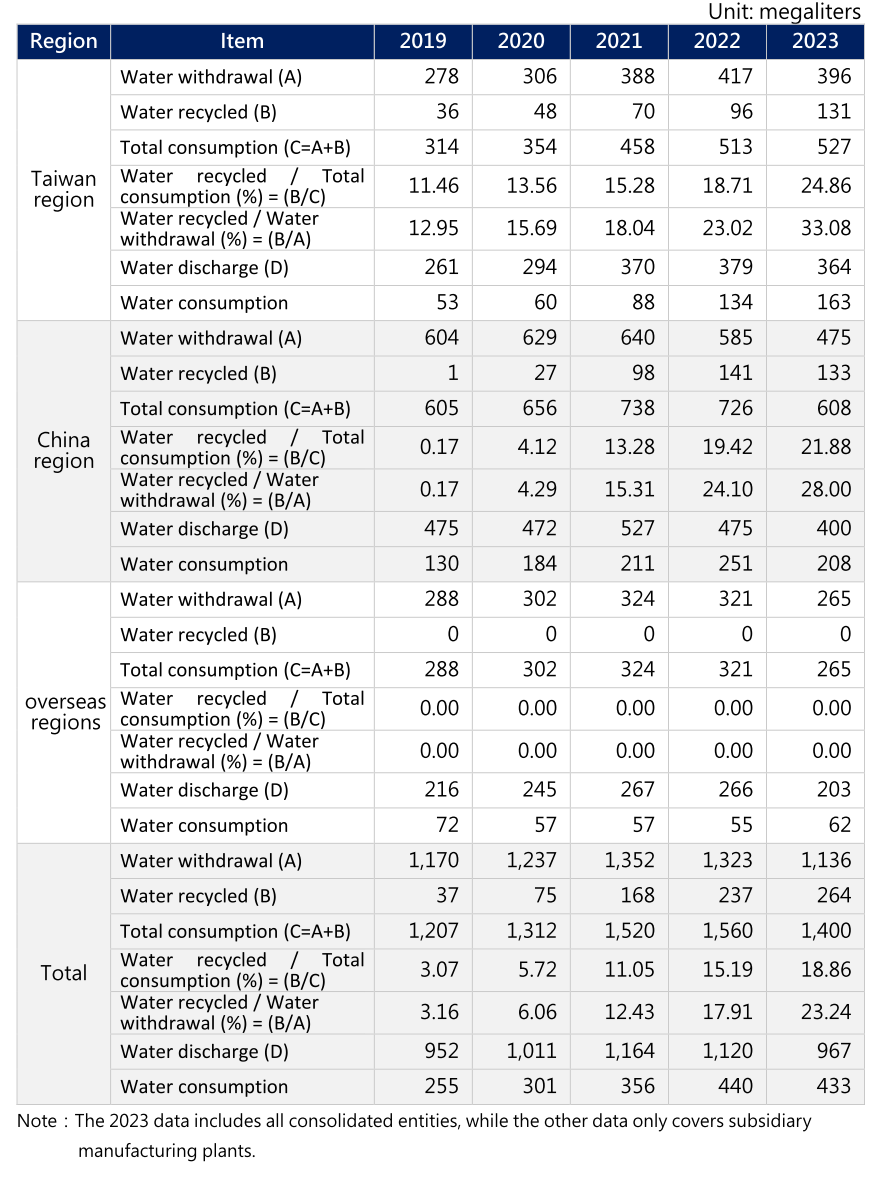
Changes in Water Withdrawal Intensity
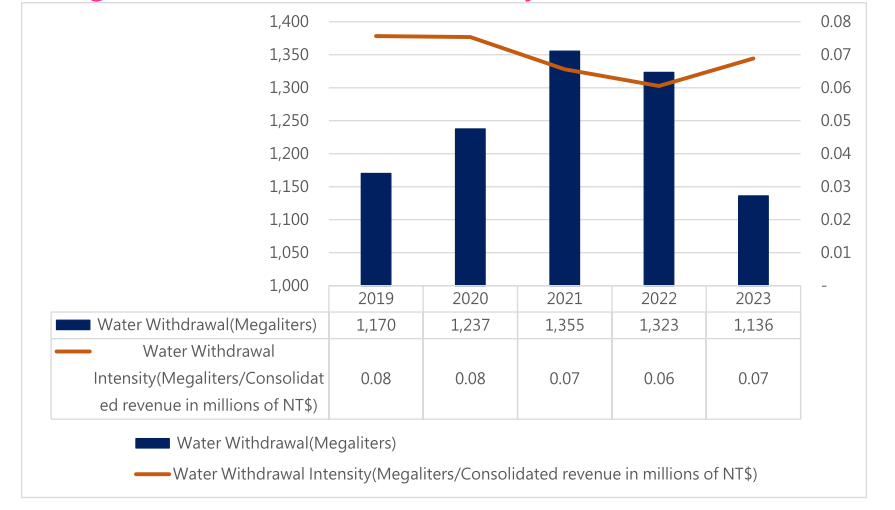
Water Withdrawal and Consumption
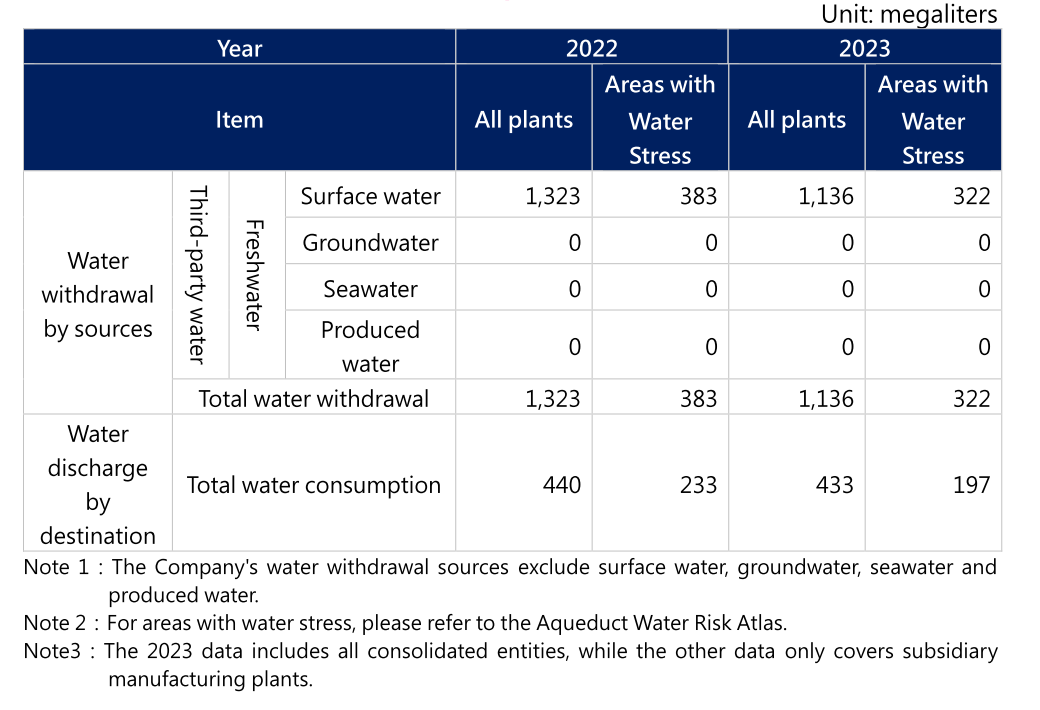
※Water Conservation Measures within the Plants
Water Reclamation System - Recycling and Reuse of Process Water
In 2021, the Taiwan plants installed recycling systems where process water is recycled for reuse through ultrafiltration (UF) and reverse osmosis (RO) processes. In 2022, we adopted membrane bioreactors (MBR) devices to replace the UF system. The enlarged membrane pore size increased fluxes and improved the fouling issue, enhancing the efficiency of the water recycling system. At the same time, the switch reduced the frequency of backflushing and chemical cleaning and consequently the consumption of recycled water. Additionally, the less frequent replacement of filter bags led to waste reductions. In 2022, the combination of MBR and RO processes increased the average daily volume of recycled water to the industrial tanks by 80 metric tons, improving the water recycling rate by 5.1% compared to 2021. In 2023, the combination of MBR and RO processes increased the average daily volume of recycled water to the industrial tanks by 170 metric tons, raising the water recycling rate by 12.9% compared to 2022. We plan to install a second MBR system in 2024, which is expected to add an additional 100 metric tons of recycled water per day.
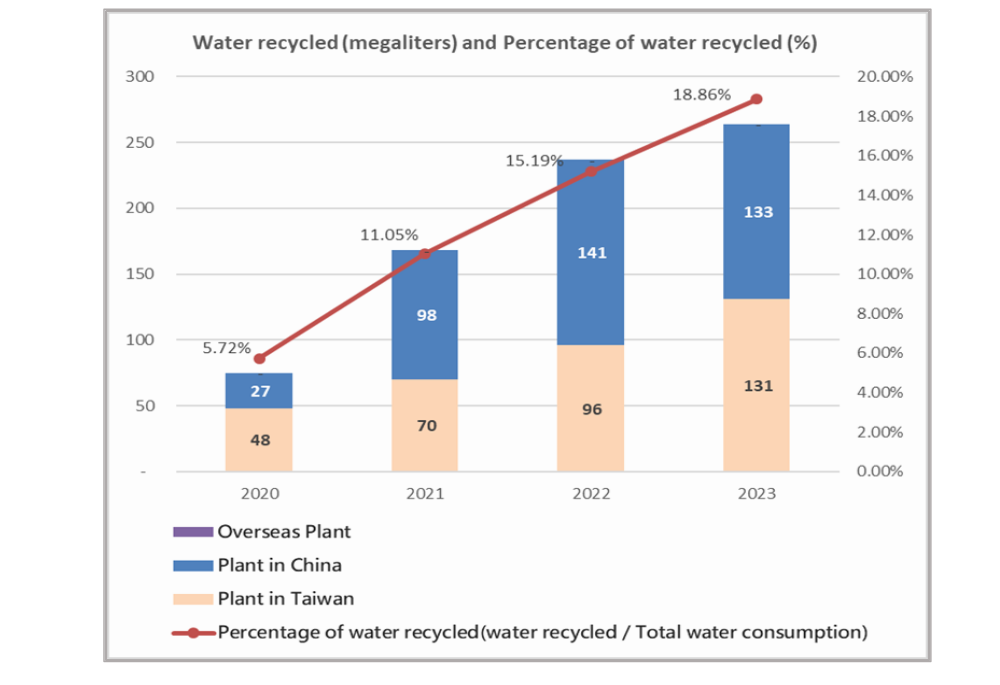
Pure Water Recycling System - Recycling and Reuse of Pure Water
The Taiwan plants expanded their process water recycling system in 2021 by adding a pure water recovery system. The concentrated water produced by the RO pure water system is further treated through a secondary reverse osmosis (RRO) for reuse in the manufacturing process. Due to the 2B3T pretreatment design of the RO pure water system, the quality of the concentrated water from the secondary RRO system is even better than tap water, enabling its recycling and reuse in the industrial water pool. In 2023, the total amount of recycled pure water used in the manufacturing processes at the Taiwan plants reached 66,871 tons, accounting for 13.8% of the total water consumption, which is similar to the 66,767 tons recycled in 2022.
Water-saving Design of Machinery and Equipment
Electroplating equipment adopts the counter-current rinsing design where the rinse water is circulated through three washing tanks, achieving water conservation.
Related Facilities
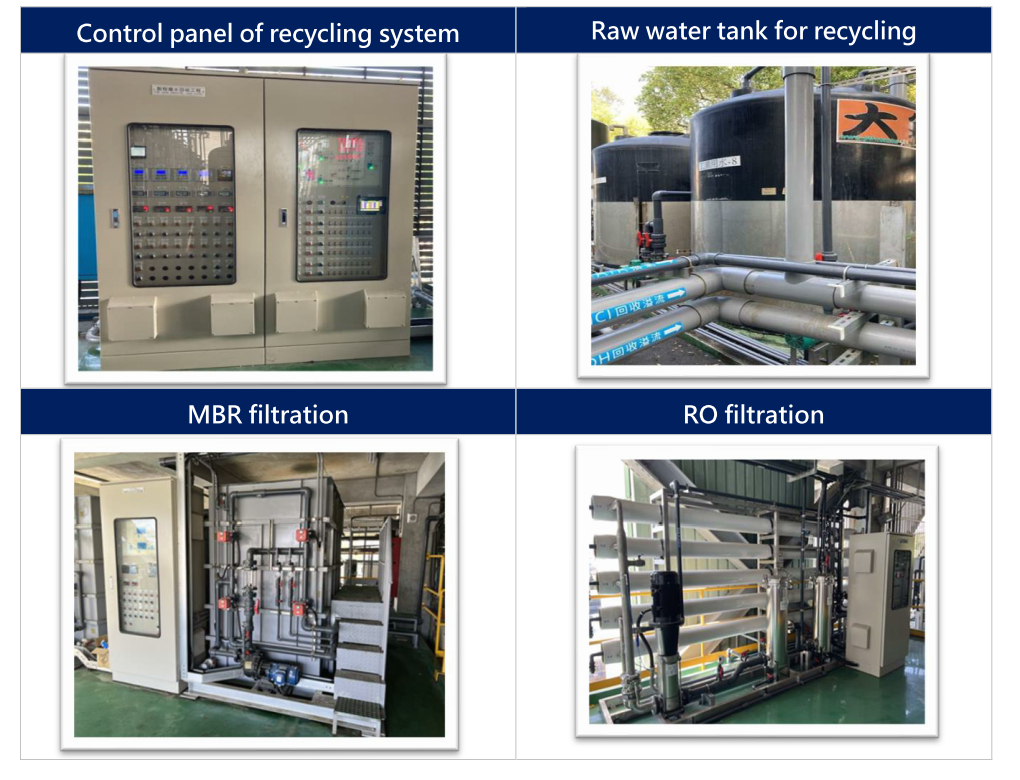
※Waste Water Discharge and Water Quality Monitoring and Control
CWE Group conducts regular annual sampling and testing of various parameters in the effluents to ensure that wastewater generated from the manufacturing processes fully complies with the current environmental laws and regulations and the standards of the industrial park management, thereby minimizing environmental pollution impact. We are proactively reviewing and improving the wastewater pollution control systems at our plants. In 2023, the test results of effluents discharged from all plants remained in compliance with the regulatory standardsNote or third-party management approved in their respective locations.
Discharge
